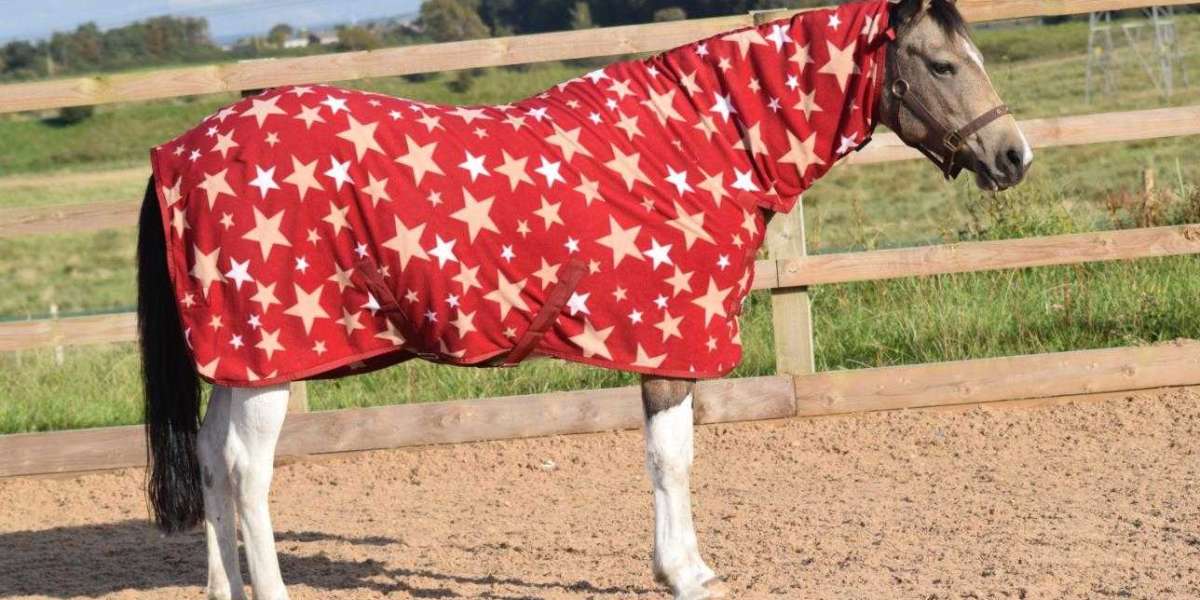Horses and horseback riding come in many forms, each with its own unique style and purpose. Whether you're a seasoned competitor or a happy hacker enjoying leisurely trail rides, having the right tack – the equipment you use on your horse – is essential for both comfort and safety. In this blog, we'll delve into the must-have tack for various riding styles, ensuring you and your equine partner are properly equipped for your next adventure.
English vs. Western: The Great Tack Divide
The two most prominent riding styles, English and Western, have distinct tack traditions reflecting their historical roots. English riding, often associated with dressage, jumping, and eventing, emphasizes a close connection between horse and rider. Western riding, with disciplines like reining, cutting, and trail riding, prioritizes functionality and control for working cattle or navigating challenging terrain. This fundamental difference is reflected in the core tack elements:
Saddle: English saddles are lighter and designed for closer contact with the horse. They feature a flatter seat and higher cantle (rear) compared to Western saddles. Western saddles are heavier with a higher horn, deep seat, and wider pommel (front) for stability and rider security.
Bridle: English bridles typically have a cavesson noseband and reins held in two hands. Western bridles may lack a noseband and often have split reins held in one hand.
While these are generalizations, understanding this basic division is a good starting point. Now, let's explore the specific tack needs for some popular riding styles:
Hitting the Trail: Essential Tack for Adventure
Trail riding is a fantastic way to bond with your horse and explore the great outdoors. Here's what you'll need:
Trail Saddle: Choose a comfortable saddle with good shock absorption for long rides. Look for features like a padded seat, high fork for leg clearance over rough terrain, and crucially, a good fit for your horse.
Western or Endurance Saddle: These offer options depending on your preference. Western saddles provide security, while endurance saddles prioritize comfort for long distances.
Trail Bridle with Bit: A comfortable bridle with a bit suitable for trail riding (like a snaffle or loose ring) allows for clear communication with your horse.
Breastplate: This helps distribute weight evenly and adds stability, especially on uneven terrain.
Crupper: Another optional piece that helps keep the saddle secure, particularly on uphill climbs.
Waterproof Horse Rug (Optional): Consider a 1200d turnout rug for unexpected rain showers while riding or resting on the trail.
Remember, proper horse boots are also crucial for protecting your equine companion's legs on rough trails.
Show Stopping: Tack for the Arena
If your passion lies in competition, having the right show tack can elevate your presentation:
Discipline-Specific Saddle: Dressage saddles facilitate a close connection for refined movements, while jumping saddles offer security for tackling obstacles. Western show saddles come in various styles depending on the specific discipline.
Show Bridle: A well-fitting show bridle, often made of leather with minimal adornment for English disciplines, ensures a polished look. Western show bridles may feature intricate silverwork for a touch of flair.
Double Bridle (Optional for Dressage): For advanced dressage riders, a double bridle offers more precise control.
Dressage Pad or Square Pad: These provide a finished look for your horse in the ring.
Martingale (Optional): This headgear attachment can help with head carriage in some disciplines.
Remember, maintaining your show tack is vital. Clean and well-conditioned leather not only looks professional but also increases durability.
Beyond the Basics: Additional Tack Considerations
No matter your riding style, some additional tack pieces enhance your experience:
Girth: This all-important strap secures the saddle to your horse. Different materials and girth styles exist for various disciplines.
Stirrups: The size and style of stirrups should complement your riding style and leg length for optimal comfort and control.
Safety Gear: A properly fitted helmet is non-negotiable for safety. Consider protective vests for added security, especially for beginners or disciplines with jumping elements.
Horse Boots: These protect your horse's legs from bumps and scrapes on all terrains.
Remember, proper horse care goes beyond tack. Invest in a quality halter and lead rope for groundwork and leading your horse. A grooming kit ensures your horse looks and feels








